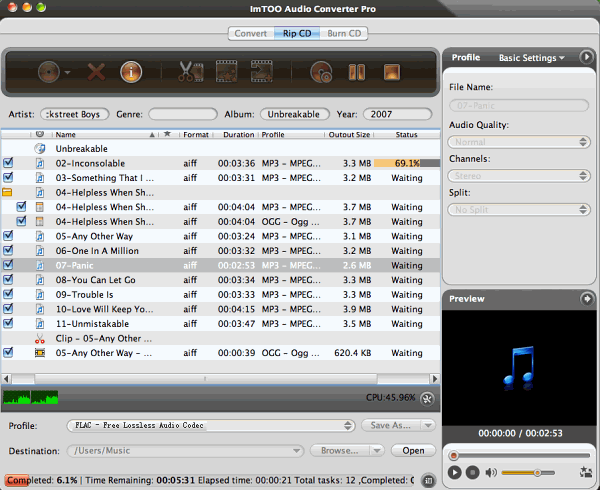Core Audio Mac Download

The Digidesign CoreAudio Driver is a multichannel sound driver that allows CoreAudio-compatible applications to record and play back through the Digidesign audio interfaces. May 03, 2018 Digidesign CoreAudio Driver. The Digidesign CoreAudio Driver is a multi-client, multichannel sound driver that allows CoreAudio-compatible applications to record and play back through the following Digidesign audio interfaces: Pro Tools HD Accel Pro Tools HD Digi 002 Digi 002 Rack Mbox 2 Pro Mbox 2 Mbox 2 Mini Mbox Not.
Core Audio Capabilities. (such as game audio, YouTube, iTunes and other Mac. 4 CoreAudio Drivers Guide.
What Is Core Audio? Core Audio is the digital audio infrastructure of iOS and OS X. How To Download From Ftp Site On Mac there.
It includes a set of software frameworks designed to handle the audio needs in your applications. Read this chapter to learn what you can do with Core Audio. Core Audio in iOS and OS X Core Audio is tightly integrated into iOS and OS X for high performance and low latency. In OS X, the majority of Core Audio services are layered on top of the Hardware Abstraction Layer (HAL) as shown in Figure 1-1. Audio signals pass to and from hardware through the HAL. You can access the HAL using Audio Hardware Services in the Core Audio framework when you require real-time audio.
The Core MIDI (Musical Instrument Digital Interface) framework provides similar interfaces for working with MIDI data and devices. Figure 1-1 OS X Core Audio architecture You find Core Audio application-level services in the Audio Toolbox and Audio Unit frameworks. • Use Audio Queue Services to record, play back, pause, loop, and synchronize audio. • Use Audio File, Converter, and Codec Services to read and write from disk and to perform audio data format transformations.
How To Download Photos From Ipod To Mac. In OS X you can also create custom codecs. • Use Audio Unit Services and Audio Processing Graph Services (represented in the figure as “Audio units”) to host audio units (audio plug-ins) in your application. In OS X you can also create custom audio units to use in your application or to provide for use in other applications. • Use Music Sequencing Services to play MIDI-based control and music data.
• Use Core Audio Clock Services for audio and MIDI synchronization and time format management. • Use System Sound Services (represented in the figure as “System sounds”) to play system sounds and user-interface sound effects. Core Audio in iOS is optimized for the computing resources available in a battery-powered mobile platform. There is no API for services that must be managed very tightly by the operating system—specifically, the HAL and the I/O Kit. However, there are additional services in iOS not present in OS X.
For example, Audio Session Services lets you manage the audio behavior of your application in the context of a device that functions as a mobile telephone and an iPod. Figure 1-2 provides a high-level view of the audio architecture in iOS. Figure 1-2 iOS Core Audio architecture A Little About Digital Audio and Linear PCM Most Core Audio services use and manipulate audio in linear pulse-code-modulated ( linear PCM) format, the most common uncompressed digital audio data format.
Digital audio recording creates PCM data by measuring an analog (real world) audio signal’s magnitude at regular intervals (the sampling rate) and converting each sample to a numerical value. Standard compact disc (CD) audio uses a sampling rate of 44.1 kHz, with a 16-bit integer describing each sample—constituting the resolution or bit depth. • A sample is single numerical value for a single channel. • A frame is a collection of time-coincident samples.